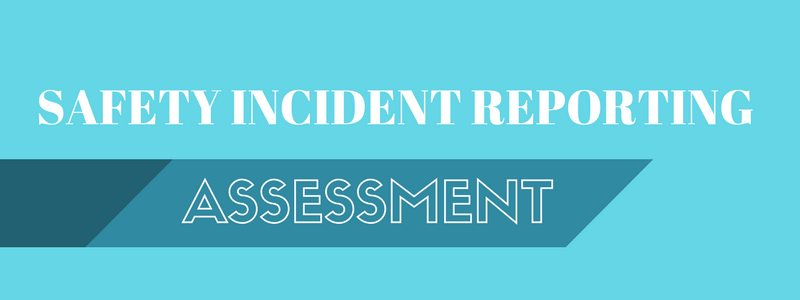Are you ready to learn more?
Talk to our incident management experts today!
Policy management resources, best practices articles, guides and how-to's can help optimize your processes.
Contract management resources, articles, guides and how-tos can help you improve efficiency.
Resources, best practices, articles, guides, and how-tos to effectively manage incidents.
Articles and guides on conflict of interest disclosure on how to properly handle potential conflicts.
Strategies on building frameworks for managing risks and staying up to date with regulatory developments.

Much is made of safety and health performance. The word ‘performance’ denotes the accomplishment of a given task or process as measured against predetermined factors such as speed, cost, accuracy, completeness, etc. Business today is flooded with drivers such as key performance indicators (KPIs), project performance, enterprise-wide performance, and so forth. The need and desire to measure and be measured is pervasive and deeply entrenched in business and across all industries. Bill Gates once said, “ In business, the idea of measuring what you are doing, picking the measurements that count like customer satisfaction and performance… you thrive on that”. How true. Even more apt for safety performance is this quote by UCLA basketball coach John Wooden: “Don’t mistake activity with achievement.”
However, any safety professional knows that the measurement of safety performance can be very tricky. There are so many disparate and divergent factors that can play a role in the safety performance of an organization. Invariably, an integral part of measuring the performance of any safety and health system is by monitoring incident statistics. These can be helpful in determining the safety performance of an organization. But to what extent does improved incident reporting result in improved safety performance? A UK consultancy reported how Thames Water, the water agency responsible for the water needs of the entire Thames Valley that includes London, it not only increased its risk and hazard reporting by over 500% in 2015 but consequently saw its incident rate drop by an impressive 50%. A 2002 Canadian study by Bernard Borg pinpointed the issue even more precisely – hone in on your near-miss reporting, Borg contended, and your incident rate will drop dramatically. Borg claimed that both workers and management have ‘blind spots’ (many of them relating to biases by both with regard to safety) and that addressing these blind spots would open up what he calls the ‘window of opportunity’ with regard to improved incident rates.
One way to determine the overall safety performance of an organization is to do a critical assessment of the safety incident reporting system that is in place. Many different parameters can be taken into account when doing this assessment. For example, to what extent and how ingrained is the incident reporting system in the general workforce? Do workers know exactly what to do in the event of a safety incident or near miss, as well as health or environmental incidents? Are all divisions, line managers and workers on the same page with regard to the classification of incidents? Inconsistencies in this regard (for example, variations in what constitutes a reportable incident or near miss) can seriously undermine the efficacy of the incident reporting system. Also, is the system transparent and disseminated properly, as necessitated by a given incident? Fail to do this assessment objectively and thoroughly at your organization’s peril. It is for these reasons that having a formal and auditable reporting system in place such as that offered by ConvergePoint’s software is so helpful.
Many organizations are content to use their incident reporting system principally as a means to track the physical number of incidents in a given period. Big mistake – that is too myopic an approach to incident reporting. Simply collating the number of major and minor incidents and near misses can become merely a numbers game as it does not tell the full story. As with a credible and meaningful incident investigation process, the process of analyzing incident rates must be done holistically and, wherever possible, determining the root cause. So, for example, if minor safety incidents are up for the quarter, then the first question is obviously, why so?
However, what many organizations fail to do is to ask the exact same question when incident rates are down. It’s not enough to conclude that the safety system ‘must be working’ and that is why incidents are down. The presumption is the enemy of safety. As with all achievement, resting on laurels (when incident rates are down) or being in a state of denial (when incident rates are up) are equally problematic. Meaningful safety performance demands that incident rates should be down – and for all the right reasons.
Our comprehensive safety management software solutions can help you to track every step of attaining or assessing competency. Operating on one secure SharePoint portal using templates built on industry best practices, the actions of your team can be managed through role-based access permissions. A detailed version history page provides a real-time record of version changes that supports every element of policy workflow from creation to ongoing management and revision.
The opportunity to move your manual systems to the next level is closer than you may think. To learn more about our software now available on SharePoint On-Premise, SharePoint Online via Office 365, and as a Software-as-a-Service, schedule a demo now.
Are you ready to learn more?
Talk to our incident management experts today!